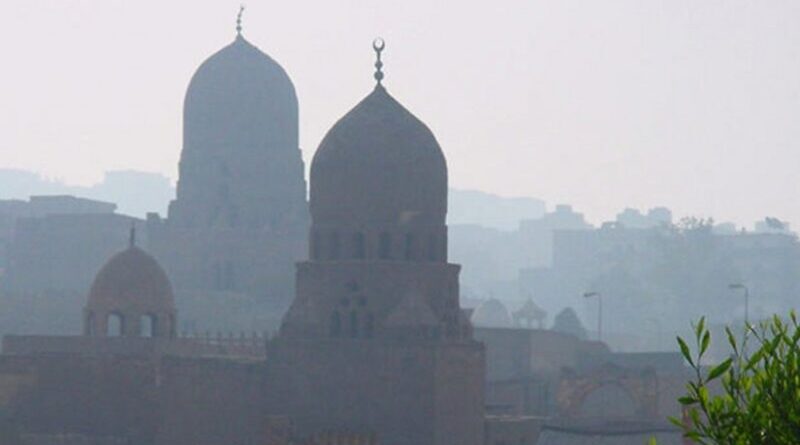Egypt: Birth Of An Unfinished Revolution
By MISNA
By Gianfranco Belgrano
“What kind of revolution is it when those left at the leadership of the country are men from the old regime?”, asks, rhetorically, Emad Gad as he observes images of the revolt that has led to the collapse of Hosni Mubarak’s presidency.
“Omar Suleiman” – says the head of the international relations office at the Al-Ahram centre for Political Studies to MISNA – “was Mubarak’s man as was Ahmed Shafik and the rest of the government. This is why Friday, the Youth Coordinators of the Revolution will try to lead at least a million people in the streets.”
At first conceived to commemorate the 350 people who died in the revolts, a week after the collapse of the Mubarak regime, the demonstrators will try to put pressure on the army such that it might leave some room for a democratic transition very soon.
According to Gad, except for the Muslim Brotherhood, which is coming to terms with the Army, the main component of the youth movement has remained united and unimpressed by the promises from the military, which continue their effort to divide and conquer.
“Not even the Army appears to be united and compact – says Gad – while the generals try to maintain the pillars of the regime intact, the lower ranking officers are still with the people and I do not think they would shoot a single bullet against a million demonstrators”.
“The Tunisian revolt was very important, but the Egyptian one started six years ago with the Kifaya (Enough) movement and then three years ago with the April 6 Movement and the workers’ protests in el-Mahalla and Khubra. The revolution has grown in time and developed through the joint action of various groups. Started by the middle classes, immediately after January 25 in Tahriri Square, everyone was present, rich and poor, Christian and Muslim”.
Thus spoke Emad Gad, from the building which is also home to the al-Ahram newspaper, as he looks over his window, seemingly wondering about the future on the horizon.
“The demonstrators have hit the pillars of the regime, the very image of Mubarak” – says Gad – “forcing the army to a crossroads: choose Mubarak and fire bullets against the protesters or support the latter. I don’t think that the Army knows what will happen tomorrow (Friday) but it will be the street to decide: a million people shall force the military to follow a democratic course”, which Gad thinks will have region wide effects.
“Egypt cannot follow the Turkish model, a secular system which is guaranteed by the Army, because the Army here cannot act as a guarantor. In the end a secular model might emerge able to expand throughout the Middle East, including Saudi Arabia. This would enable Egypt to recover that political weight and primacy which it once enjoyed, having even influence over Iran”, said Gad.
He notes that the USA has not yet grasped the power and deep changes that are occurring.
“America” – says Gad – “is backing the Army, it’s paying it even as the Army demonstrates that it has anti-democratic tendencies. Israel, however, would support a new military regime perhaps one led by Omar Suleiman.”
Meanwhile, Gad comments on other revolts in the Arab world: “What is happening in Bahrain where there is a Shiite majority, worries other Gulf States for the fear a progressive increase in Iranian influence; Algeria and Libya are along the right road, but the next regime change might be in Yemen, a country lacking in resources and where the government fuels corruption”.

